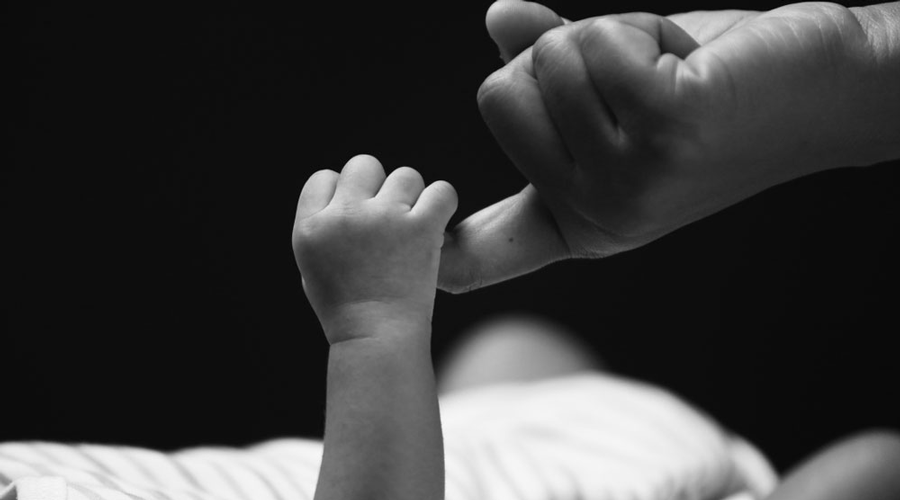India’s latest population sample registration survey has shown improvements in child mortality and the average sex ratio at birth.
But that ratio — a possible indicator of pre-natal sex determination and sex-selective abortions — has declined in 10 states, including Bengal.
The Union health ministry, releasing the SRS Statistical Report 2020, said the progressive reductions in the neonatal, infant and under-five mortality show that the country is moving towards achieving the UN’s Sustainable Development Goals (SDG) targets by 2030.
India’s average neonatal mortality (deaths within 30 days of birth) declined to 20 per 1,000 live births in 2020 from 22 in 2019 and 26 in 2014, the report says.

Infant mortality (deaths within the first year after birth) fell to 28 in 2020 from 30 in 2019 and 39 in 2014, while under-five mortality declined to 32 in 2020 from 35 in 2019 and 45 in 2014.
Six states have attained the SDG target of 12 for neonatal mortality — Kerala (4), Delhi (9), Tamil Nadu (9), Maharashtra (11), Jammu and Kashmir (12) and Punjab (12).
Eleven states have reached the SDG target of 25 for under-five mortality — Kerala (8), Tamil Nadu (13), Delhi (14), Maharashtra (18), Jammu and Kashmir (17), Karnataka (21), Punjab (22), Bengal (22), Telangana (23), Gujarat (24) and Himachal Pradesh (24).
The national sex ratio at birth — the number of girls born per 1,000 boys — improved by three points from an average 904 in 2017-19 to 907 in (the partly overlapping period of) 2018-20.
But the ratio fell in Andhra Pradesh, Assam, Bengal, Delhi, Jharkhand, Madhya Pradesh, Maharashtra, Odisha, Telangana and Uttarakhand.
Kerala has the highest sex ratio of 974 while Uttarakhand has the lowest at 844. In Bengal, the ratio has fallen from 944 to 936.
“The data probably reflects practices on the ground. It is unfortunate, but (in many places) legal provisions are not adhered to or not enforced,” said Neelam Singh, a gynaecologist in Lucknow and a campaigner against prenatal sex determination.
India enacted a law in 1994 banning prenatal sex determination to curb the selective abortion of female foetuses, driven by a cultural preference for boys. Doctors and health researchers remain concerned that the ban has had limited impact.
In at least eight states — Bihar, Chhattisgarh, Jharkhand, Karnataka, Madhya Pradesh, Maharashtra, Odisha and Telangana — the SRS 2020 report found sex ratios at birth lower — or at the same level — in 2018-2020 as in 2014-16.
In Karnataka, the ratio changed from 935 in 2014-16 to 916 in 2018-2020. In Bihar, it fell from 908 in 2014-16 to 900 in 2015-17 and 895 in 2016-18 before stagnating at 894 (2017-19) and 895 (2018-20).
Although health authorities have over the years initiated legal proceedings against dozens of doctors across the country for violating the law on prenatal sex disclosure, physicians campaigning against the practice say there have been few convictions.
Doctors at the Postgraduate Institute of Medical Education and Research (PGIMER), Chandigarh, had in 2017 cautioned about secret mobile medical teams that visit the homes of pregnant women at night and provide ultrasound scans and even on-the-spot abortion.
The PGIMER doctors had in a medical journal in November 2017 described the plight of one such woman, who had been brought to their hospital bleeding after a botched bid at abortion.
The SRS, conducted by the Registrar-General of India, is the country’s largest annual demographic survey that records births and deaths across a sample population. The sample size has grown over the years, from 6 million in 1996 to more than 8 million.












